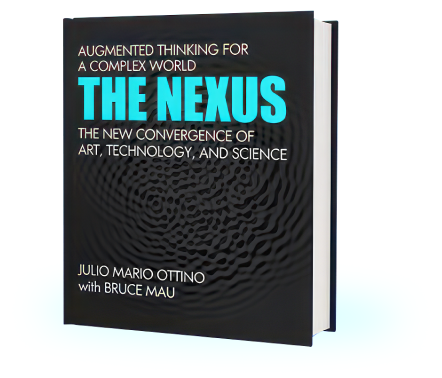More than 70 PhD students attended a lunchtime lecture at the Ford Motor Company Engineering Design Center on October 8 to hear the presentation, “When Art, Technology, and Science Were One: Why They Split and How They Could Join Again.”
Julio M. Ottino, dean of the Robert R. McCormick School of Engineering and Applied Science, and Adrian Randolph, dean of the Judd A. and Marjorie Weinberg College of Arts and Sciences, presented to a full crowd about the relationship between art and science as the first lecture of the 2018-19 Whole-Brain Leadership for PhD Students Seminar Series.
“We are trying to present a way to think through: ‘are there ways in which we can use the Renaissance as an example of interdisciplinary boundary-crossing within the organizations we’ve inherited?’” said Randolph, a professor of art history.
In the 18th century Wilhelm von Humboldt founded the Humboldt University of Berlin, which became the model of the modern university. Somewhat paradoxically, rather than leading to unification of knowledge, universities became a collection of different, sometimes non-interacting disciplines. Under this model, knowledge became more siloed by field, and art and science became separate fields at the university level. At Northwestern, Ottino and Randolph are collaborating on a number of projects to bring the arts and sciences together again.
“When I was a graduate student, I longed to have situations that would have broadened my horizons,” Ottino said. “This idea of whole-brain thinking, augmenting analytical, rational, and quantitative thinking with divergent creative thinking is what is needed today. It gives people a much broader thinking setting to solve problems when you have the reason and tools to solve them.”
